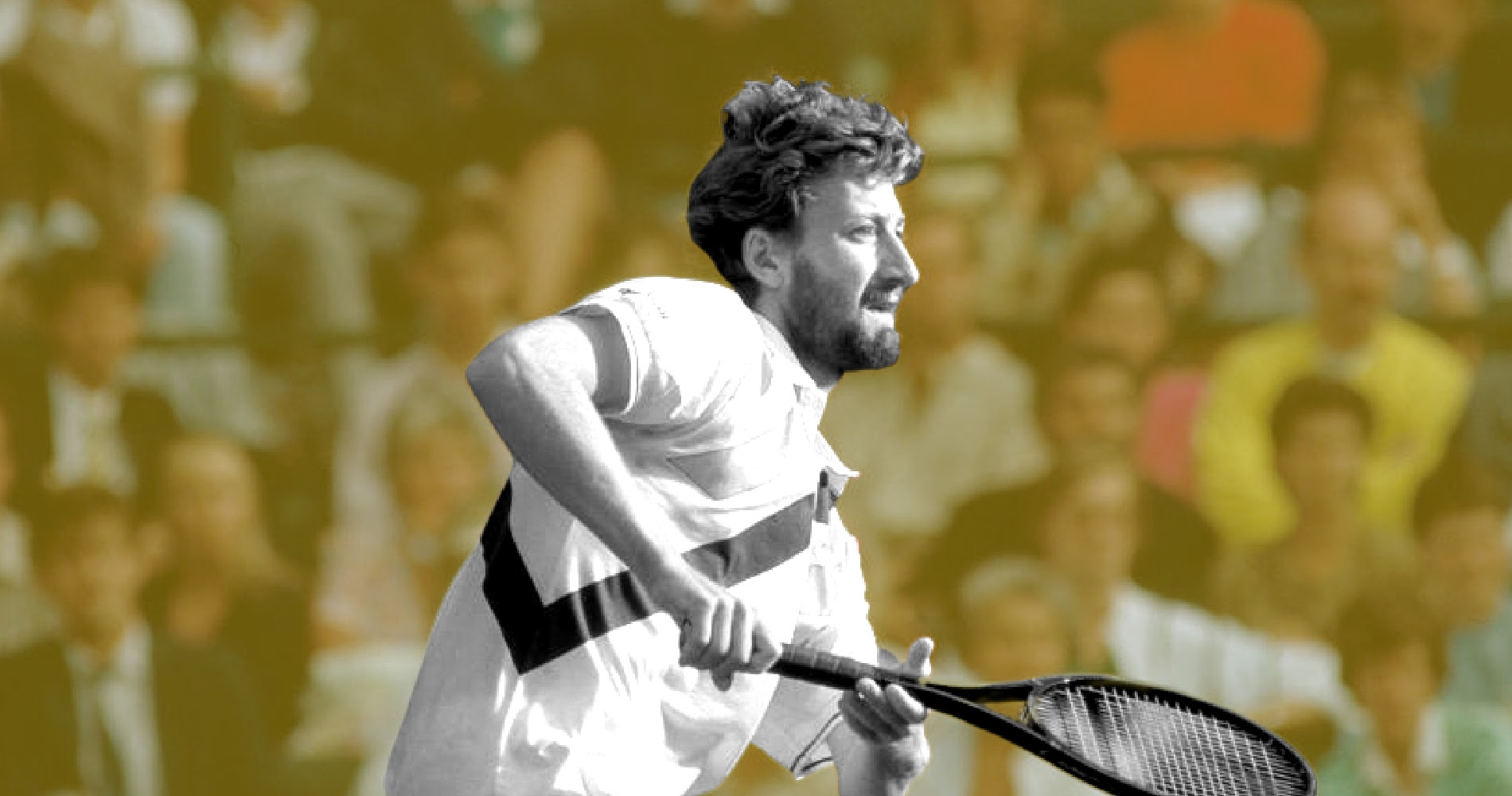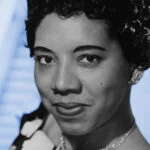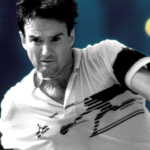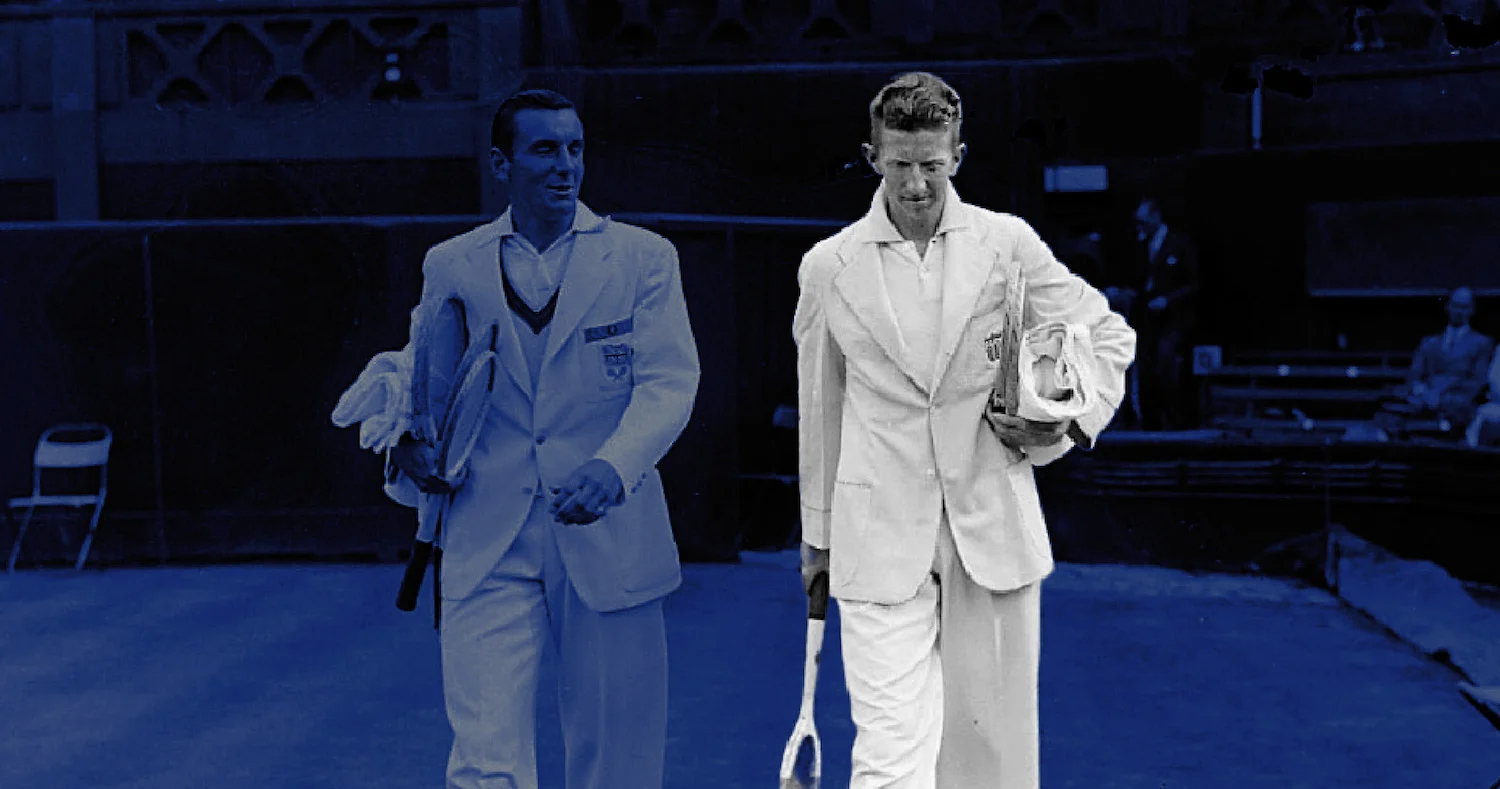September 30, 1988: The day Mecir won the first Olympic men’s singles gold since 1924
Every day, Tennis Majors takes you back to one of the most iconic moments in tennis history. On September 30, 1988, Miloslav Mecir defeated Tim Mayotte in four sets to win the Olympic gold medal in tennis’ first appearance at the Games in 64 years
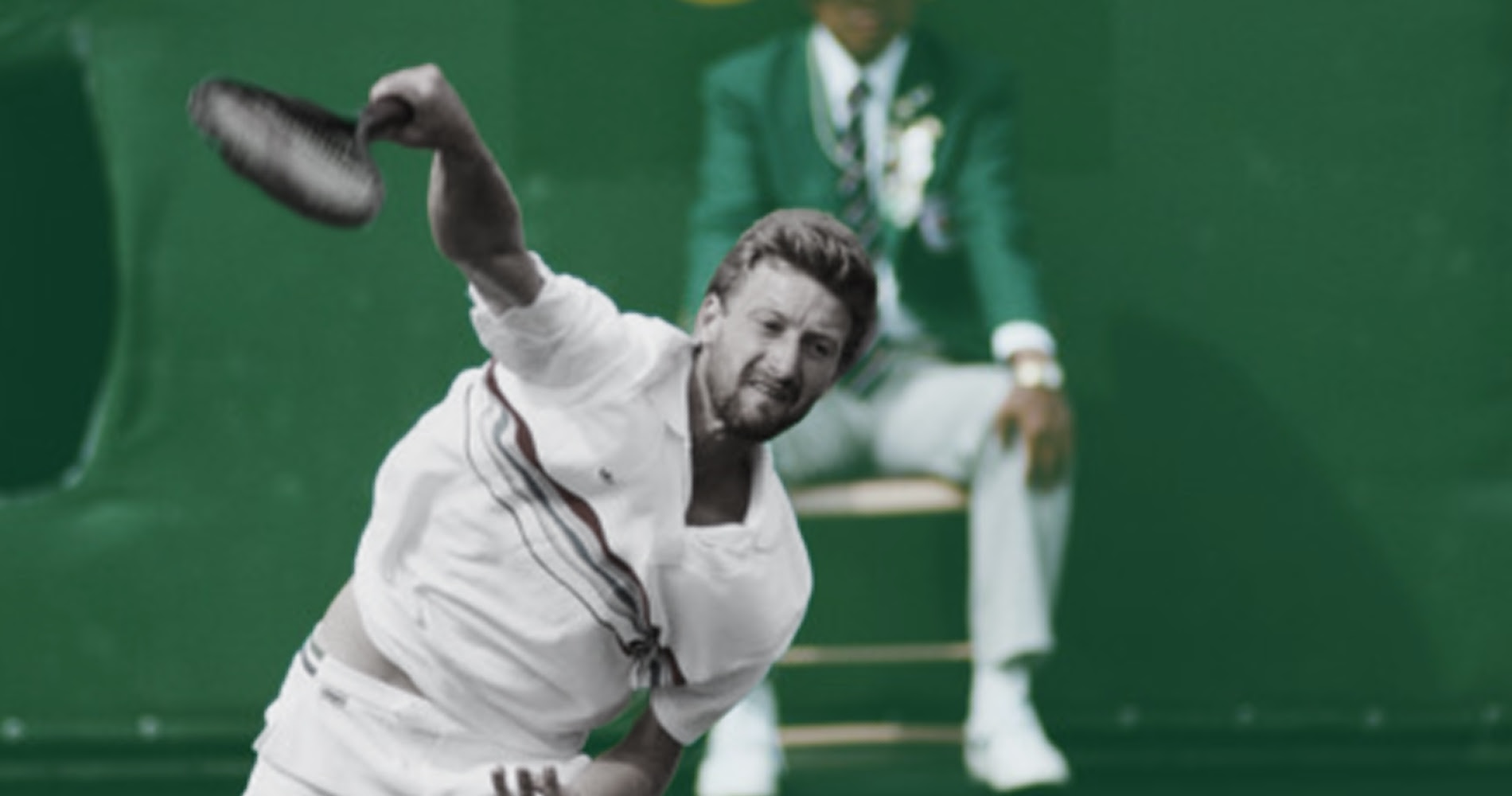
What happened exactly on that day? An olympic gold medal in tennis
On this day, September 30 in 1988, Miloslav Mecir, from Czechoslovakia, became the first Olympic men’s champion in tennis since 1924, defeating Tim Mayotte, from the United States, in the final of the tournament in Seoul (3-6, 6-2, 6-4, 6-2). The last tennis player to have claimed a gold medal in men’s tennis was Vincent Richards, who had triumphed in Paris 64 years earlier.
This would remain the biggest achievement of Mecir’s short career. Although most of the top players at the time had not entered the event, the popular success of the Olympic tennis event would progressively attract the biggest stars in later editions of the Games.
The International Olympic Committee (IOC) dropped tennis from the list of competitive sports in the Games after 1924. The racquet sport was reintroduced by the IOC for medal contention in 1988.
The players involved: Miloslav Mecir and Tim Mayotte
- Miloslav Mecir: The Big Cat from Czechoslovakia
Miloslav Mecir was born in Czechoslovakia in 1964. He turned professional in 1982, and very soon, his style of play drew attention: his unpredictable shots, great touch and agility earned him the nickname “Il Gattone” (“The Big Cat”). He claimed his first title in Rotterdam in 1985 defeating Jakob Hlasek in the final (6-1, 6-2), and in 1986, he obtained his first breakthrough Grand Slam result at the US Open, finishing runner-up to Ivan Lendl (6-4, 6-2, 6-0).
In 1987, he clinched the most important title of his career, winning the Lipton Championships in Key Biscayne (defeating Lendl in the final, 7-5, 6-2, 7-5), before reaching the semi-final at Roland-Garros, where Lendl took his revenge (6-3, 6-3, 7-6). In 1988, in the quarter-finals of Wimbledon, he beat Mats Wilander (6-3, 6-1, 6-3), but, despite a two-set lead, he lost in the next round to another Swede, Stefan Edberg (4-6, 2-6, 6-4, 6-3, 6-4). In September, he was ranked No 10 in the world.
- Tim Mayotte: The NCAA champion from Stanford who reached the world’s top 10
Tim Mayotte, from the United States, was born in 1960. After playing for Stanford University, he turned pro after winning the NCAA title in 1981. With his serve-and-volley game, he reached the Wimbledon semi-final in 1982 (defeated by John McEnore, 6-3, 6-1, 6-2), which remained his best Grand Slam performance along with another major semi-final reached on grass (at the 1983 Australian Open when he lost to Ivan Lendl, 6-1, 7-6, 6-3).
In the following years, he was a solid top 20 player, making his way to the Wimbledon quarter-finals in 1983, 1986 and 1988. In November 1987, he triumphed at the indoor Paris Bercy Open defeating Brad Gilbert in the final (2-6, 6-3, 7-5, 6-7, 6-3), which propelled him into the top 10.
The place: The Seoul Olympic Park Tennis Center
Seoul Olympic Park Tennis Center is a tennis venue in Seoul, South Korea, located in the Olympic Park. The Olympics were a novelty in the world of professional tennis, as the sport was absent from the Games since 1924. On May 11, 1987, the International Olympic Committee (IOC) had decided upon the inclusion of tennis in Seoul. But the stakes were higher than just tennis: by including all tennis players, the IOC would officially acknowledge the end of amateurism for the first time.
The facts: Mecir comes from a set down to claim the gold medal
In the first Olympic tennis tournament since 1924, many top players were missing, including world No 1 Mats Wilander, and world No 2 Ivan Lendl. In fact, only three top 10 players had attended the event: Stefan Edberg (No 3), Tim Mayotte (No 9) and Miloslav Mecir (No 10).
These top three seeds made their way to the semi-finals in Seoul, where Mecir and Edberg faced each other. Mayotte played against the fifth seed, Brad Gilbert, after fourth seed Henri Leconte suffered an early and controversial loss against world No 361 Kim Bong-soo.
Mayotte easily dismissed Gilbert 6-4, 6-4, 6-3, but Mecir had to battle for five sets before prevailing against Edberg, 3-6, 6-0, 1-6, 6-4, 6-2 taking his revenge after a painful loss against the Swede in the Wimbledon semi-final.
In this promising final, pitching two players with contrasting styles, it was Mayotte and his serve-and-volley game who had the better start. He won the first set 6-3 but was broken early in the second set, and from that moment, Mecir dictated the game. Very consistent on his first serve, Mecir prevented the American from coming to the net and moved his opponent around the court in his usual way.
‘He was keeping me in motion,” Mayotte said, quoted by The New York Times. ”I knew I would have my work cut out for me. He made so many of his first serves, hitting them deep that I couldn’t get to the net.”
“The Cat” put Mayotte under constant pressure and he dominated the next three sets 6-2, 6-4, 6-2. On match point, the American netted a backhand volley, allowing Mecir to express his joy by throwing his racket into the air and running to the net.
”It’s a very good feeling,” Mecir said. ”It’s difficult to say how this rates, however. I’ve played in so many tournaments. It is nice, though, to hear people cheering not only because I’m a good player, but because I am playing for them also.”
For once in tennis, the runner-up didn’t look too disappointed. ”It’s strange because here, the emphasis is on medals instead of 100 percent on winning,” Mayotte said. ”So there is consolation in getting to the medal group. The ceremony was fantastic, it’s such a different way of doing things.”
What next? Mecir ends career at the age of 26
After a last Grand Slam final, losing to Lendl at the 1989 Australian Open (6-2, 6-2, 6-2), Mecir would put an early end to his career in 1990 after a serious back injury, aged just 26. His smooth game style would earn him a place in the hearts of many tennis fans.
Tim Mayotte would claim the last of his 12 titles in 1990 in Washington, defeating Brad Gilbert once again in the final (3-6, 6-4, 7-5). He would eventually retire in 1992.
